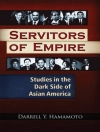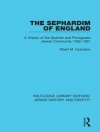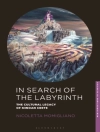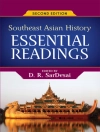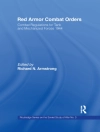In June 1942 the Indian Army suffered a major defeat at the hands of the Japanese Army and subsequently endured its longest retreat ever. The Japanese forces had proved more mobile in tactics and more motivated and seasoned in warfare. As a result, the Indian Army assessed its mistakes to determine what changes were needed to rebuild itself into a more capable fighting force. Marston looks at the Indian Army as a reform-minded organization, one that was able to take lessons from this major defeat, implement the necessary reforms, and ultimately defeat the Japanese soundly in 1945.Army leaders instigated analysis of the defeat at all levels of command. Innovations in operational procedure, organization, and tactics were compared, discussed, then implemented. An ongoing reassessment continued both during and after subsequent engagements. By analyzing the changes made in tactical doctrine, reinforcement procedure, Indianization of the officer corps, and the quality of nonmartial race units, Marston demonstrates that the Indian Army of 1945 was vastly different from that of 1939. The Indian Army’s transformation into a highly professional force contradicts the commonly held belief that it was too conservative a force to reform itself thoroughly in the face of new challenges.
Phil. Daniel P. Marston D. Phil.
Phoenix from the Ashes [PDF ebook]
The Indian Army in the Burma Campaign
Phoenix from the Ashes [PDF ebook]
The Indian Army in the Burma Campaign
¡Compre este libro electrónico y obtenga 1 más GRATIS!
Idioma Inglés ● Formato PDF ● Páginas 312 ● ISBN 9780313093814 ● Editorial ABC-CLIO ● Publicado 2003 ● Descargable 6 veces ● Divisa EUR ● ID 5821440 ● Protección de copia Adobe DRM
Requiere lector de ebook con capacidad DRM


